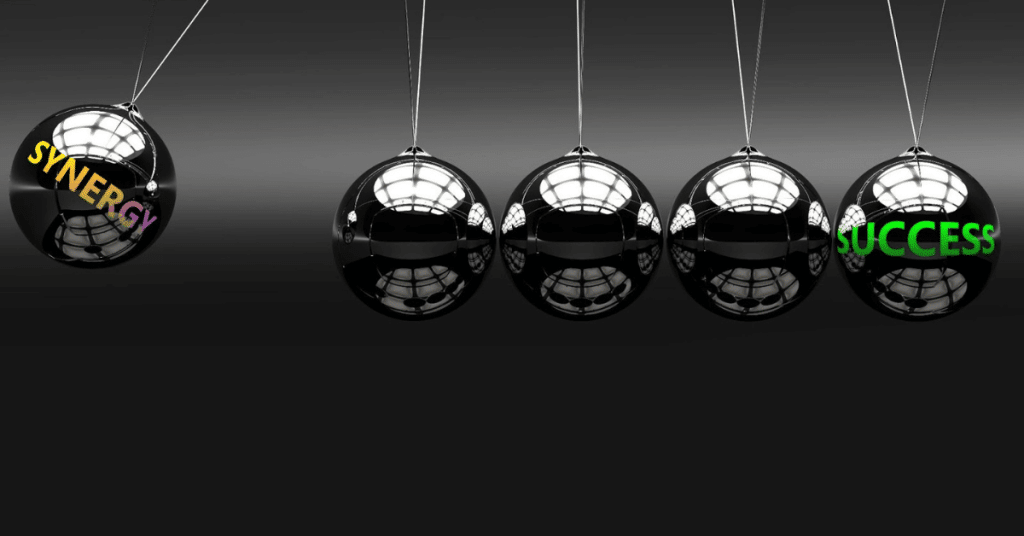A persona refers to a representation of a user or buyer segment that is created to better understand and design for the needs, behaviors, and preferences of that group. Persona creation is common in fields like marketing, user experience (UX) design, and customer service. It’s especially useful in sales and marketing when it comes to prioritizing leads for content marketing or sales engagement campaigns. Knowing someone’s persona allows for significantly more effective outreach. It’s much easier to customize your messaging when you know the person’s roles, capabilities and expertise. Knowing someone’s level of buying power is also critical, as it indicates whether or not that person is even capable of making the decision to buy your product. Obviously, all of this information is extremely valuable for personalized outreach and lead prioritization, but how do we ingest all of this information and determine someone’s persona? Hint: we don’t just make a guess based on their job title and ignore the rest of the information!
Early personalization and nurture efforts leveraged job titles alone to segment content campaigns or to bucket inbound lead nurtures or cadences. But job titles in the B2B space are not standardized, change frequently, and often give no real insight into the seniority, buying power or even specific functions the person serves within their company. On the sales side, reps will search around in their sales list vendor for companies they know and guess at who would be good to reach out to, by eyeballing job titles. Often job titles are incorrect and not up to date. As a result, persona-based marketing and sales campaigns/outreach can be off base.
So where do personas fit into modern sales and marketing approaches? After you’ve determined the right companies with a propensity or “Fit” model (based on firmographics, demographics, and technographics), and determined which of those are ready companies with intent models, the third step is figuring out who are the right people to pursue within those companies by scoring their personas. Is their current role at the company in line with the personas of your historical successes? Does their persona typically make decisions to buy your type of product or service? Who does have the purchasing decision power at the company? Who might see the value in your product and be able to bring it up the chain of command quickly and effectively? Simply put, are they the right person to invest sales and marketing resources into?
A persona model uses AI-analytics to determine the best people for you to target. Persona models leverage standard and/or custom-built persona profiles to score the existing database and inbound leads based on how well they match your product’s buyer or buying team and historical success. Persona models enable you to actively find net-new contacts within accounts and set your sights on the right buyers for your product. Instead of just relying on a potentially noisey/generic signal like job title, persona models enable you to identify and target your key buyers using a much wider range of insights such as title, level, dept, job functions, and technology expertise. Additionally, applying exclusion logic and adding weights to individual signals enables you to optimize your model, prioritize the right buyers, and ensure you’re reaching out to them with the right message that’s tailored to them.
A persona score is essentially a “fit” score, but at the person-level. With a persona scoring model, you can hone-in on the department, level, right job title, role or expertise to go after by identifying the best contact in a company for your type of product.
With Leadspace’s Persona models, each buyer profile within your database is assigned a Persona score (0-100), where a higher score represents a closer match to the level, skills, department and buying center of that profile to your ideal persona. Leadspace includes over 80 off-the-shelf personas in the Leadspace Persona Library that span across all departments and job functions in the most popular B2B buying centers. Custom persona models can also be built and leveraged for specific buyer use cases.
With Leadspace Personas, you can create buying team scoring and net-new campaign audience members for digital campaigns. With our persona-matching scores, it’s easy to match content accordingly to optimize targeted nurture programs and content syndication at every step in the buyer journey. They can also be used to score entire databases to categorize prospects, leads and contacts into actionable content campaigns. When integrated into Salesforce or Dynamics, sales professionals can quickly assess the best persona from ambiguous job titles to understand the best lead or contact to pursue in an account.
Key Features & Use Cases for Persona Scoring
- Route inbound leads directly to sales or specific nurturing streams based on Persona.
- Recommended content stream by persona, or product-best offering typical in cross/up-sell scenarios.
- Keep your database current as job, skill or expertise changes with up-to-date categorization that leverages personal demographics and buying behaviors from social signals and interests to mathematically assign personas beyond nondescript job titles.
- Laser-focus campaign segment members by leveraging our 80 off-the-shelf personas as well as your own custom personas.
- Match your Marketo, Pardot or Hubspot scores against your Salesforce prospects and accounts, then apply engagement scoring on top of your persona scoring to identify the best engaged contacts/prospects to go after (lowering regional sales and marketing list buys).
But remember, persona scoring is a relatively new technology that isn’t offered by most lead scoring model providers yet. However, if your Customer Data Platform (CDP) does leverage AI-powered persona scoring models, you can finally add the personal touch that’s necessary to achieve unified, best-in-class, active buyer profiles at scale. This means active buyer profiles that automatically populate with personal demographics and buying behaviors from social signals and interests to statistically assign personas instead of nondescript job titles. Match the right people and optimize your marketing and sales engagement by leveraging a combination of predictive AI models to accurately prioritize the top 25% of leads that deliver 60-80% of your business. After you’ve achieved persona scores, start creating and activating precision nurture segments based on engagement scores and other account or buyer personalization insights to further optimize your conversion rates.
In short, do not rely on job titles to make persona-based decisions because they’re not standardized, and there’s so much more that goes into someone’s persona than their job title. Automating the classification and weighting of role, capabilities, expertise, and buying power is a lifesaver when compared with manually integrating all of that information into your buyer profiles, then ranking and regularly updating them. You can automate the process by implementing a CDP with AI scoring models to quickly and effectively identify and prioritize the right people to invest your sales and marketing resources in! For more information about using AI persona scoring models to prioritize your most closeable buyers, get the Leadspace Revenue Radar Guide here.



